This is the Yashica EZ F521, possibly the strangest digital camera one could overpay for on a popular auction website. In fact, this camera is the Takashi Digital FX 521, which was the original-or-possibly-rebranded Yashica. I might need correction later; I can’t find which one is the original.
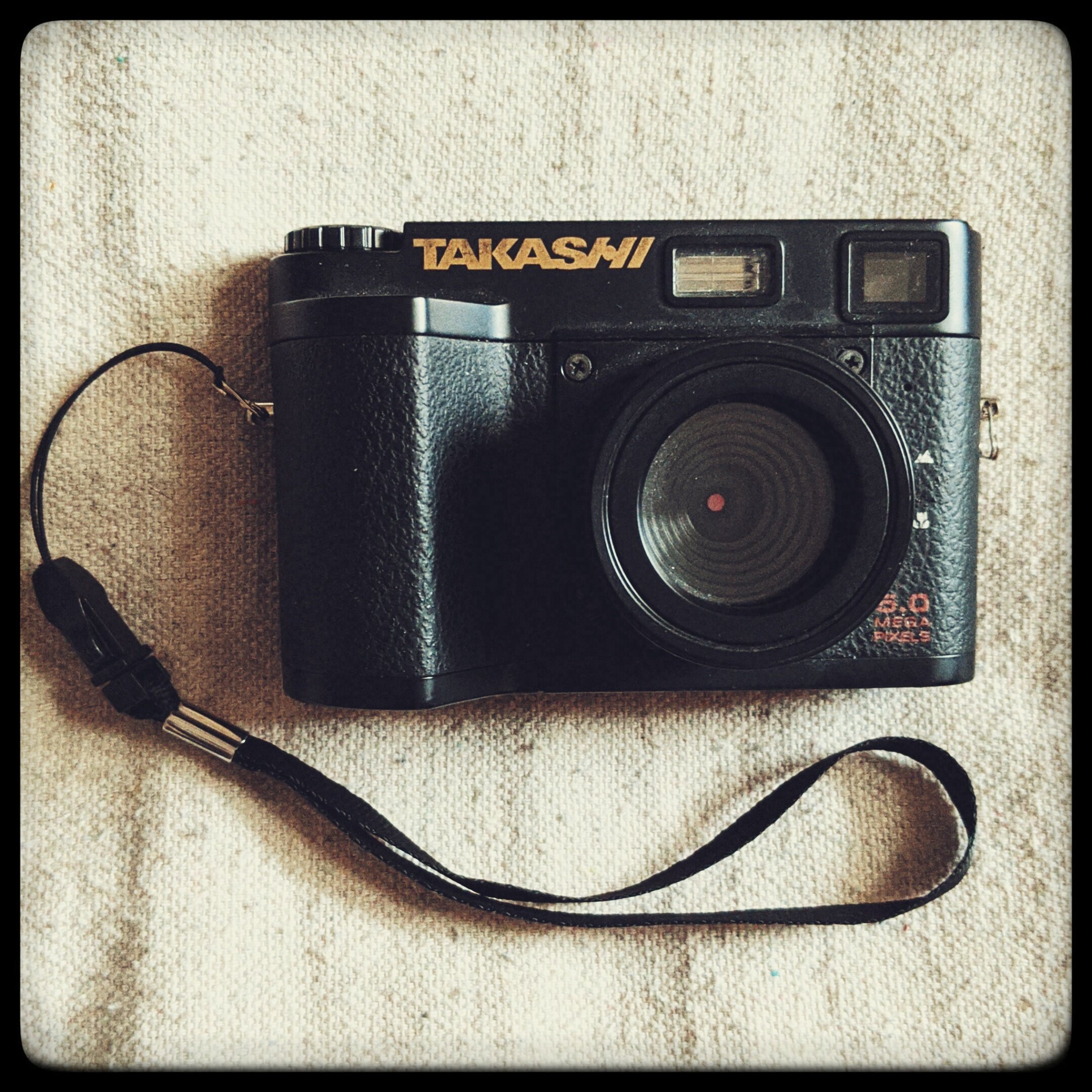
I came across this camera after watching an episode of the Pro Photographer/Cheap Camera Challenge on DigitalRev TV. Watching a pro photographer struggle with the Digital Holga piqued my interest, so I went hunting for one. Needless to say, they aren’t readily available here in the states, and it cost me an arm and a leg to get one shipped to the house.
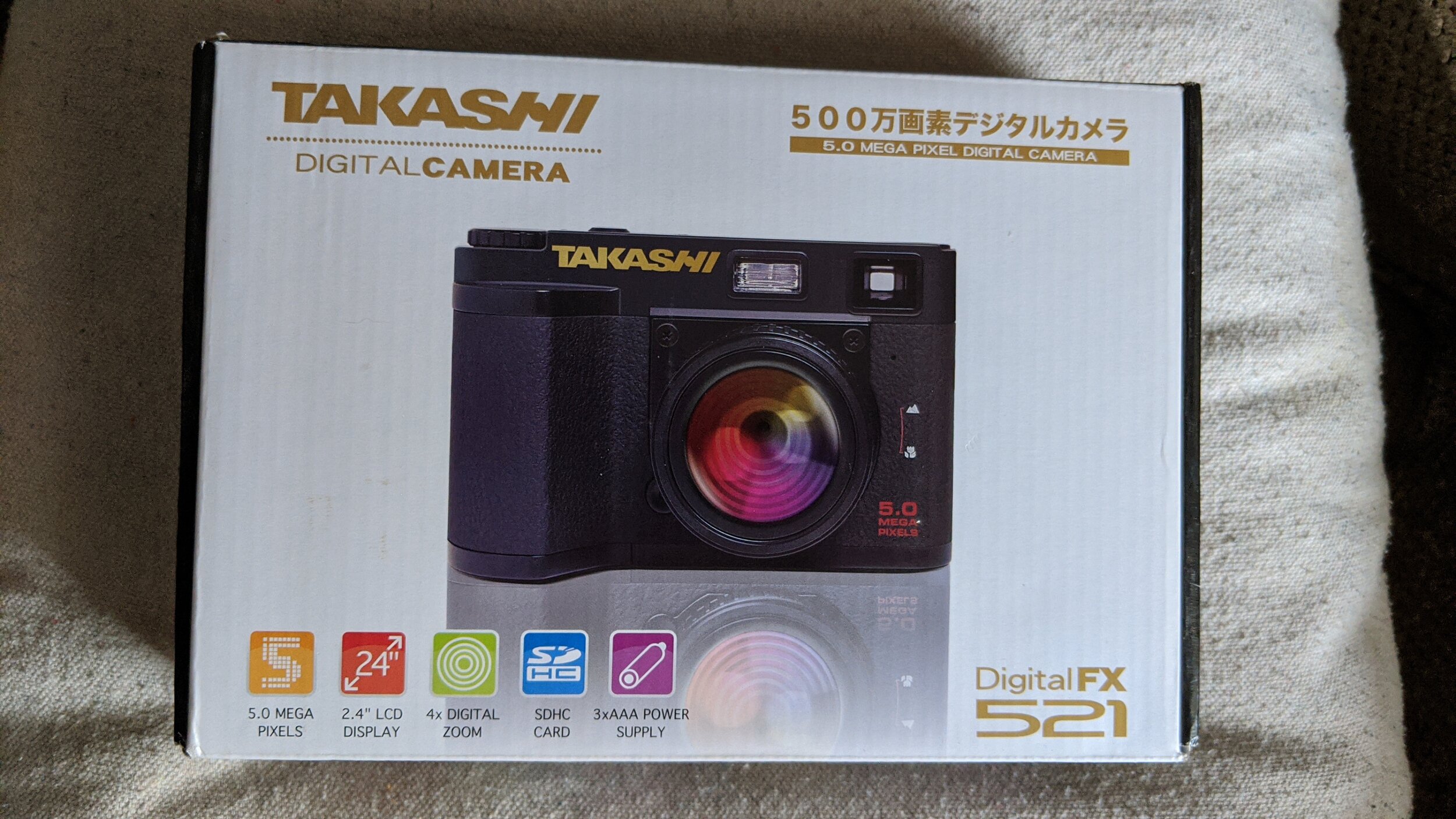
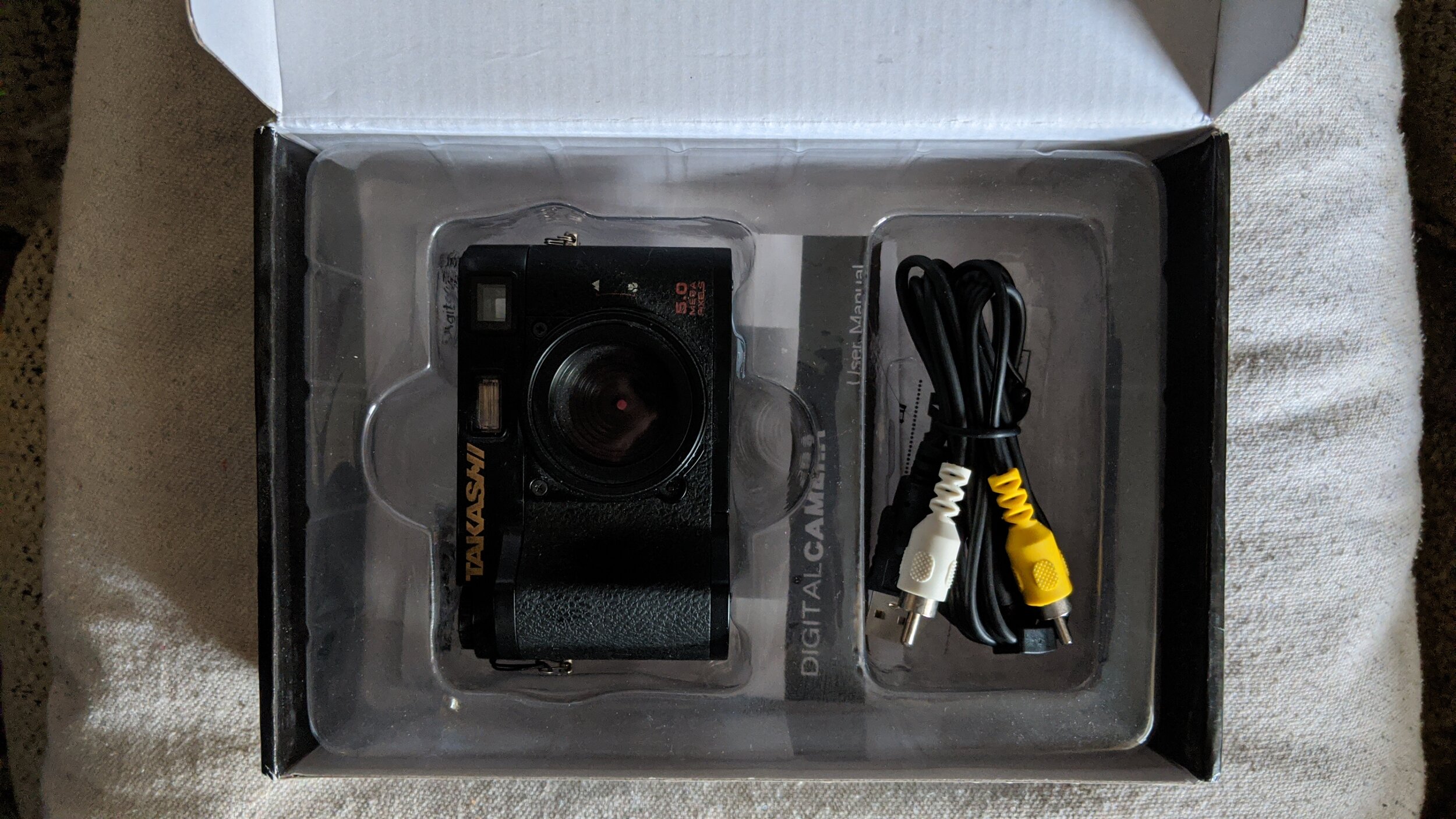
All 5 megapixels of digital goodness are care of a low-budget CMOS sensor housed inside a really cheap injection-molded plastic carcass. I promise you the lens you see is just a gimmick. The actual lens is inside the camera, and is most likely some form of CCTV lens. The Yashica version seemed to have a coated lens, but the Takashi has a simple clear, flat piece of plastic covering. What you see on the box cover is lighting trickery and photoshop goodness.
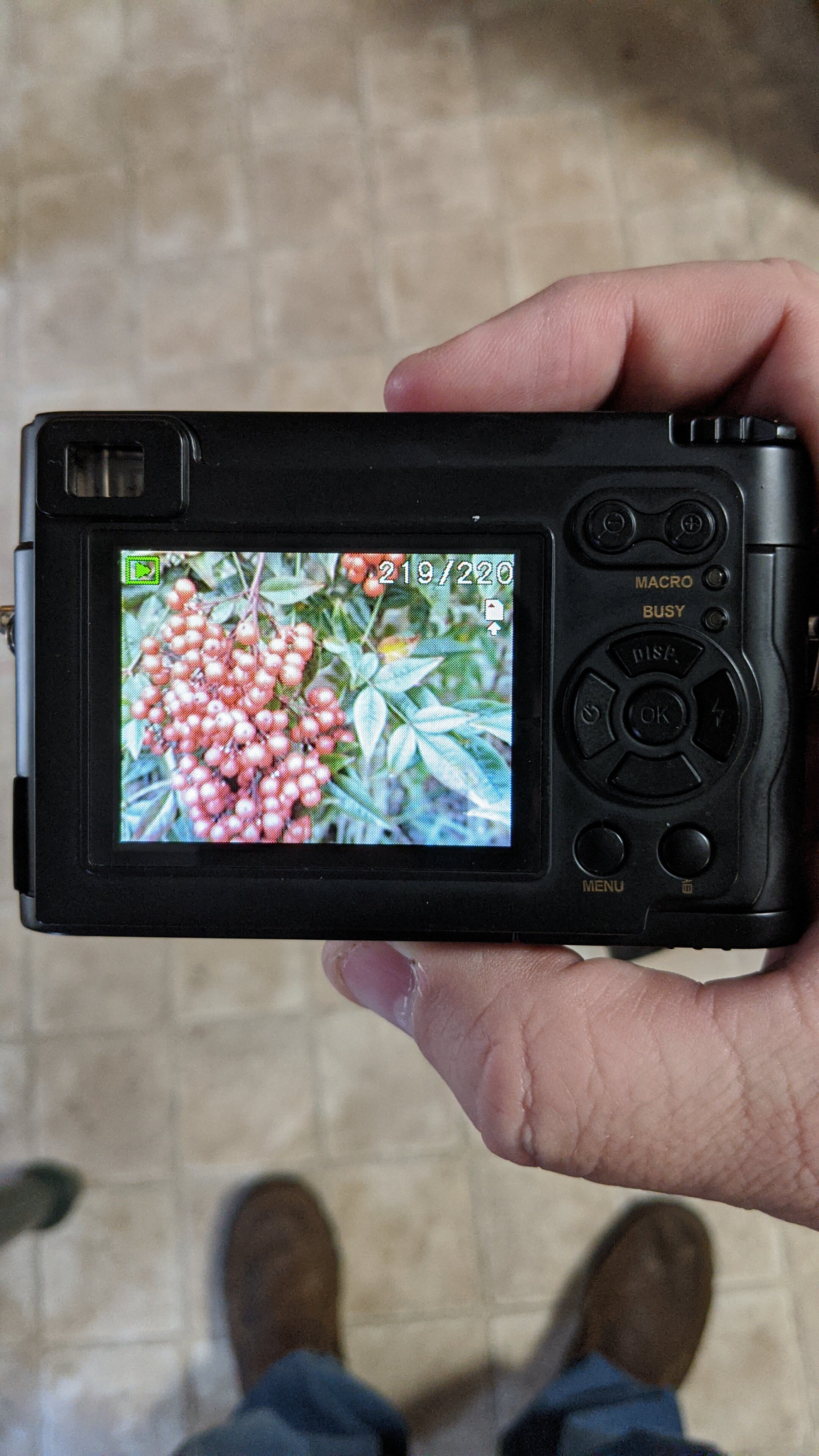
The camera screen on the back is very basic, but it has a surprisingly powerful set of features for such a disposable-feeling camera. It reminds me of the menu in my ten dollar Vivitar point and shoot digital. The screens are below, but here’s a bit more of a breakdown. The menu gives you the option of controlling the quality of the JPEGs, setting the white balance, focus mode, exposure compensation, drive mode, date stamp, and even a few filters like Sepia, Black and White, etc.
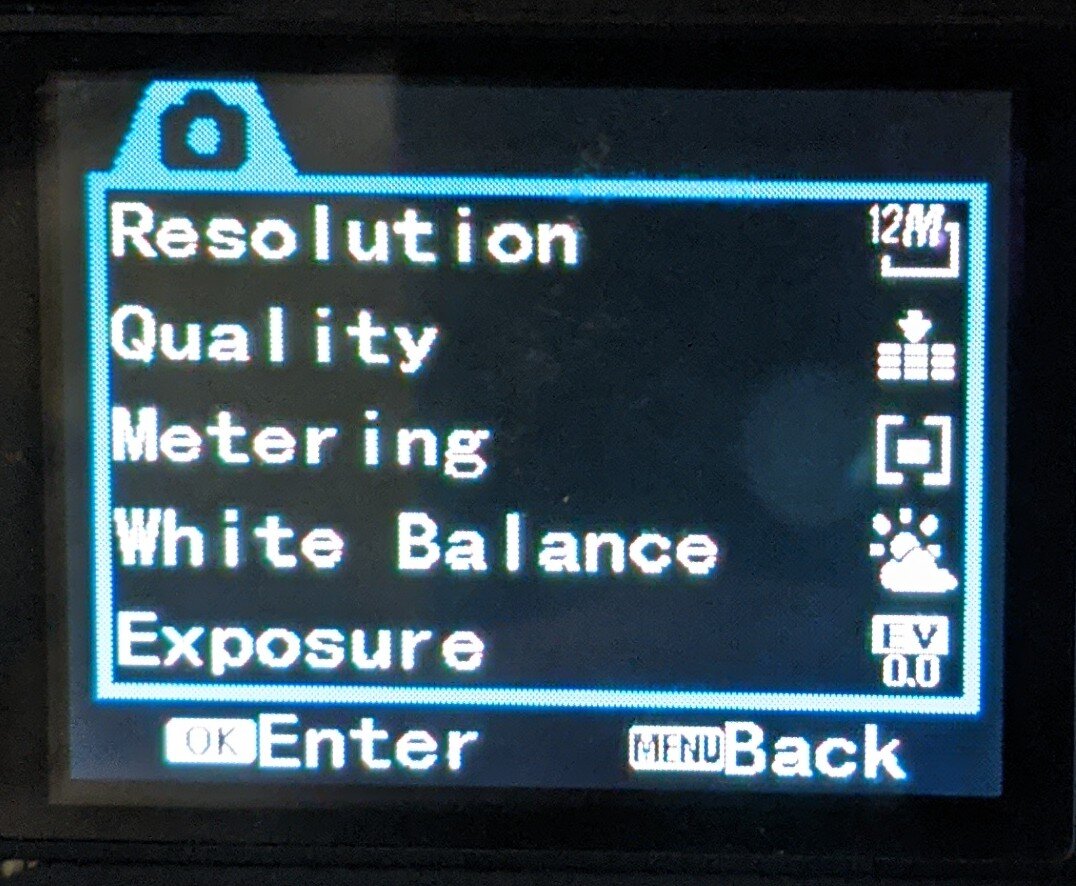
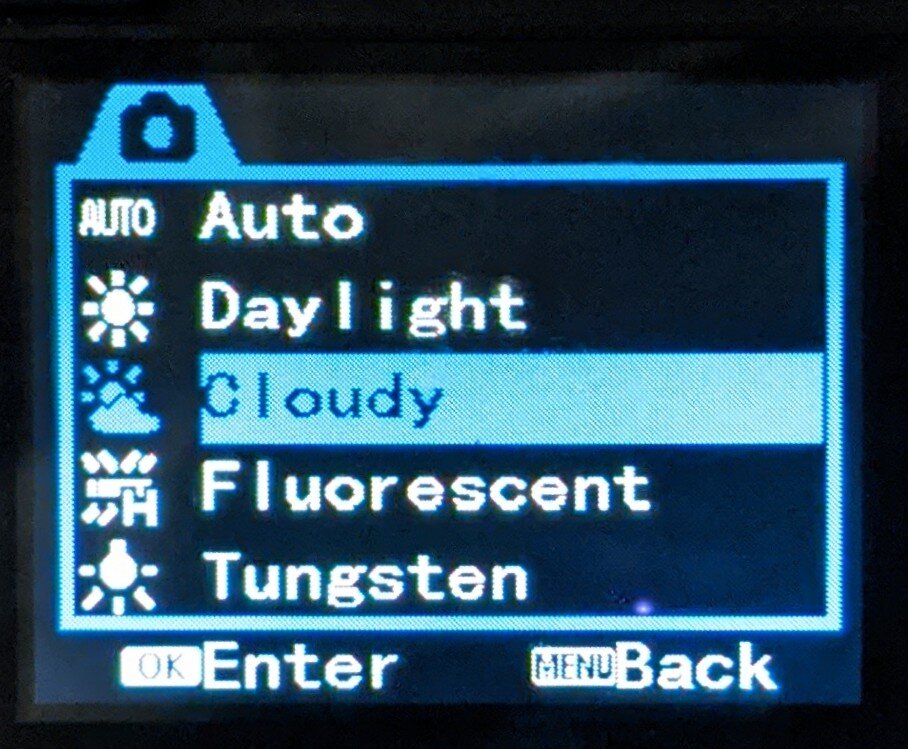
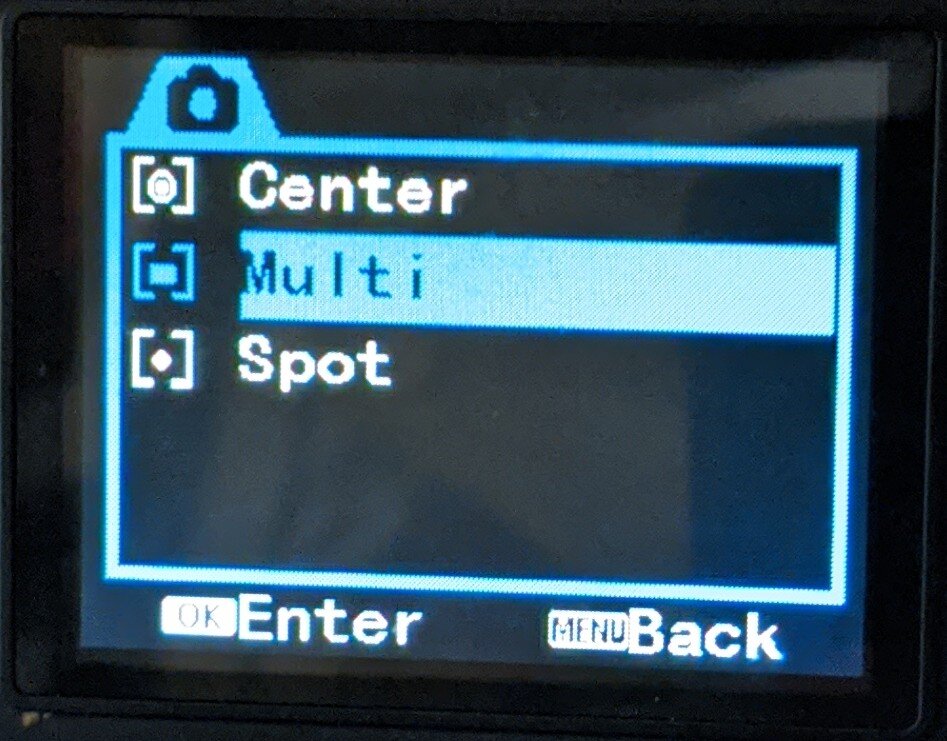
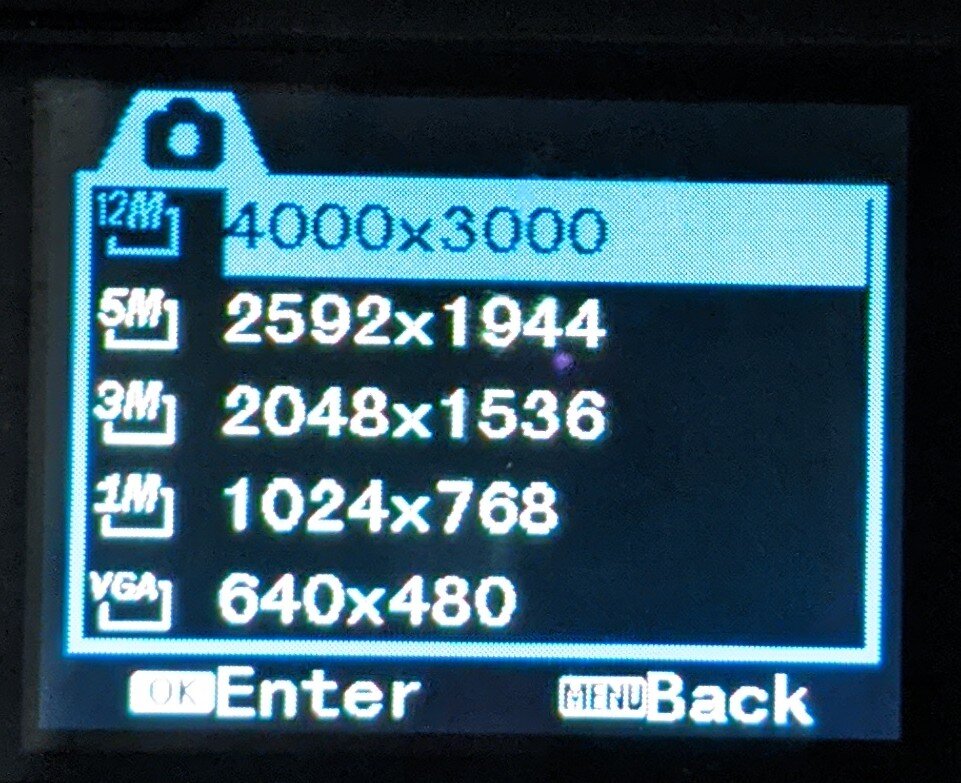
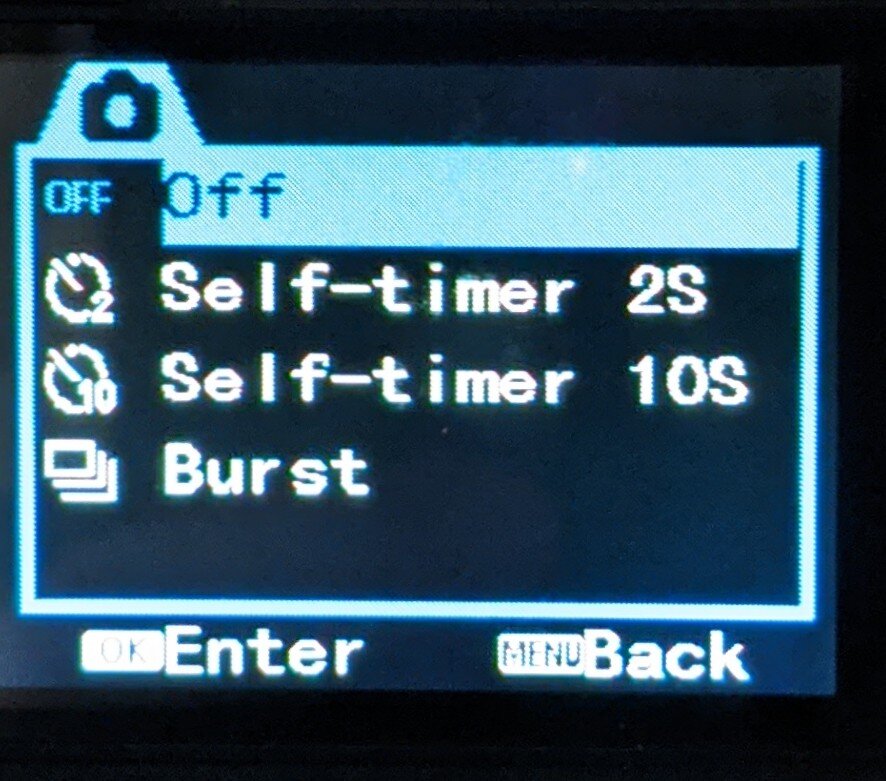
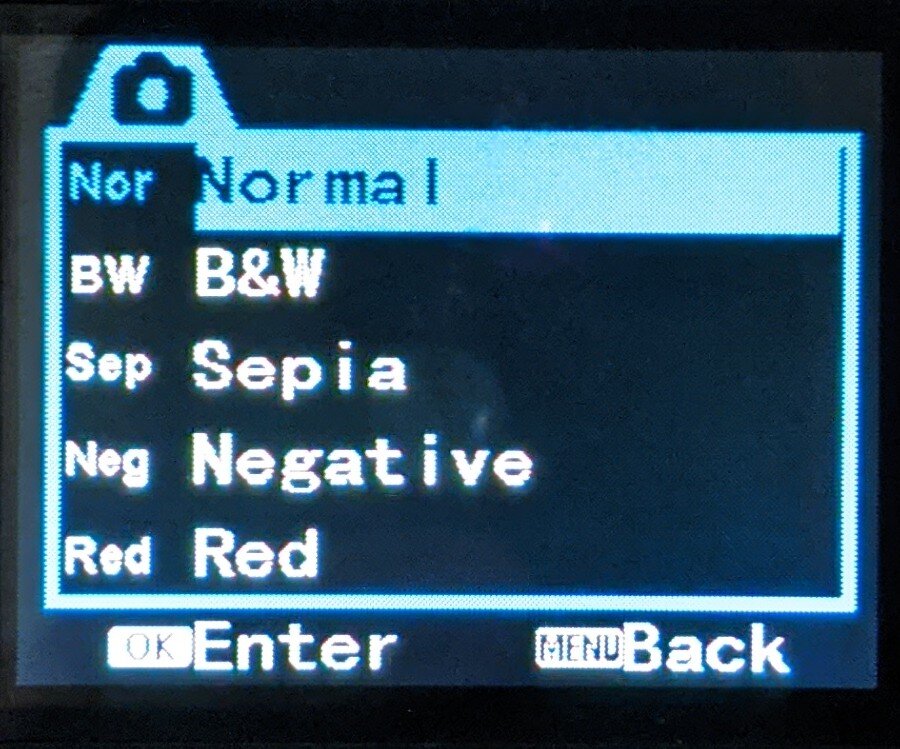
It has a flash, and let me just say it is an insanely inefficient flash that will possibly give your victims, I mean subjects, first degree burns. The best way to use the flash, if you must, is to deflect it upwards with a business card like a bounce-flash. It will blind you momentarily, but your subjects will thank you. That being said, the flash is a battery vampire. You’ll get maybe 20 shots with the flash before you’re swapping batteries. The fact that it uses AAA instead of AA batteries to run a CMOS sensor, 2×3 screen, and flash doesn’t help, and there doesn’t appear to be any energy-saving option.
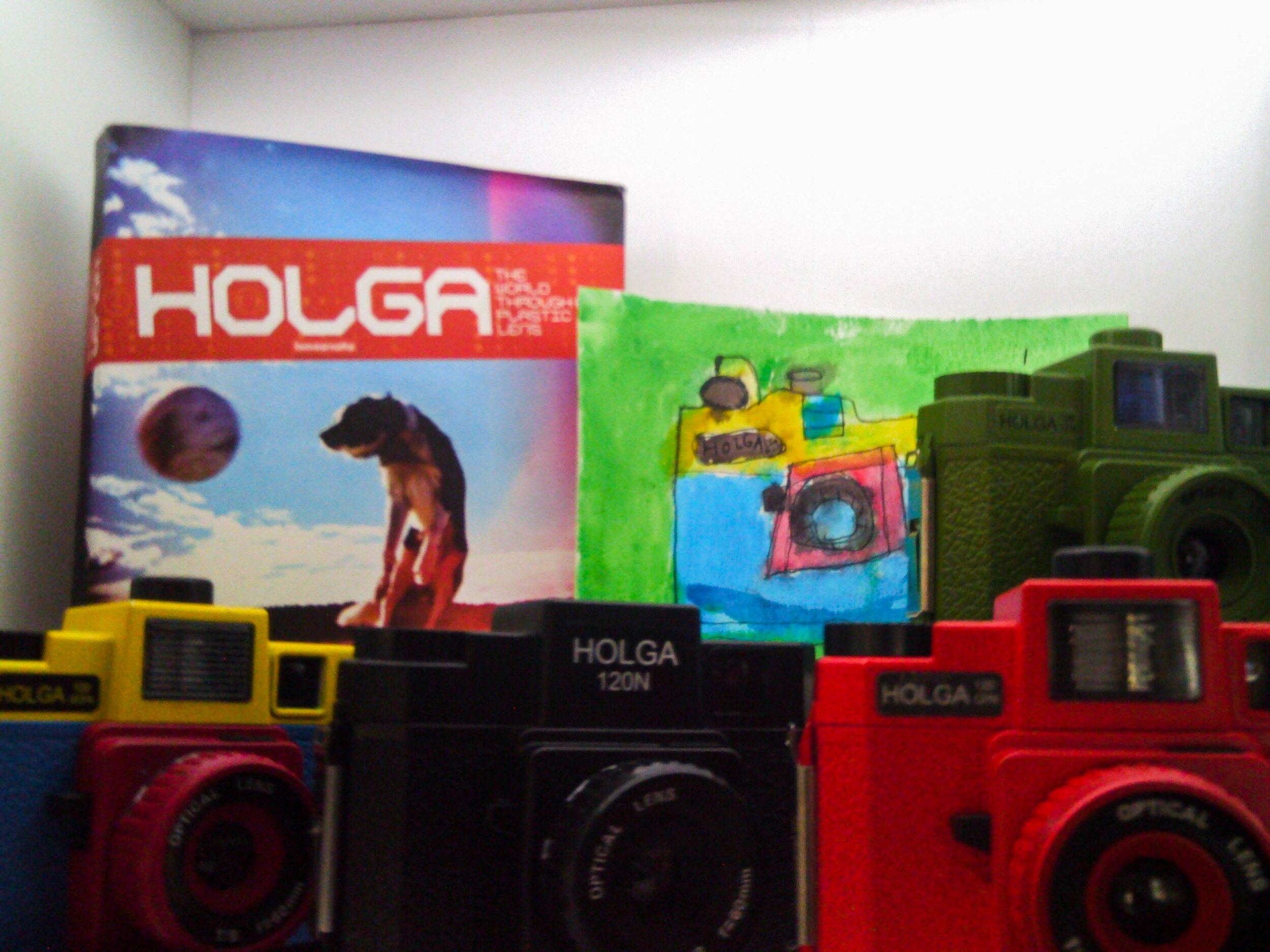
The camera also has a macro mode. The lens barrel on the camera rotates like a dial from mountain to flower. In macro mode, a blue LED on the back of the camera lights up to further help you empty that pesky battery, and alert you that your focus is 6-18 inches. I jest, but it actually works and works well. In macro mode with a good subject separation, you can achieve bokeh. It’s pretty basic, but functional.
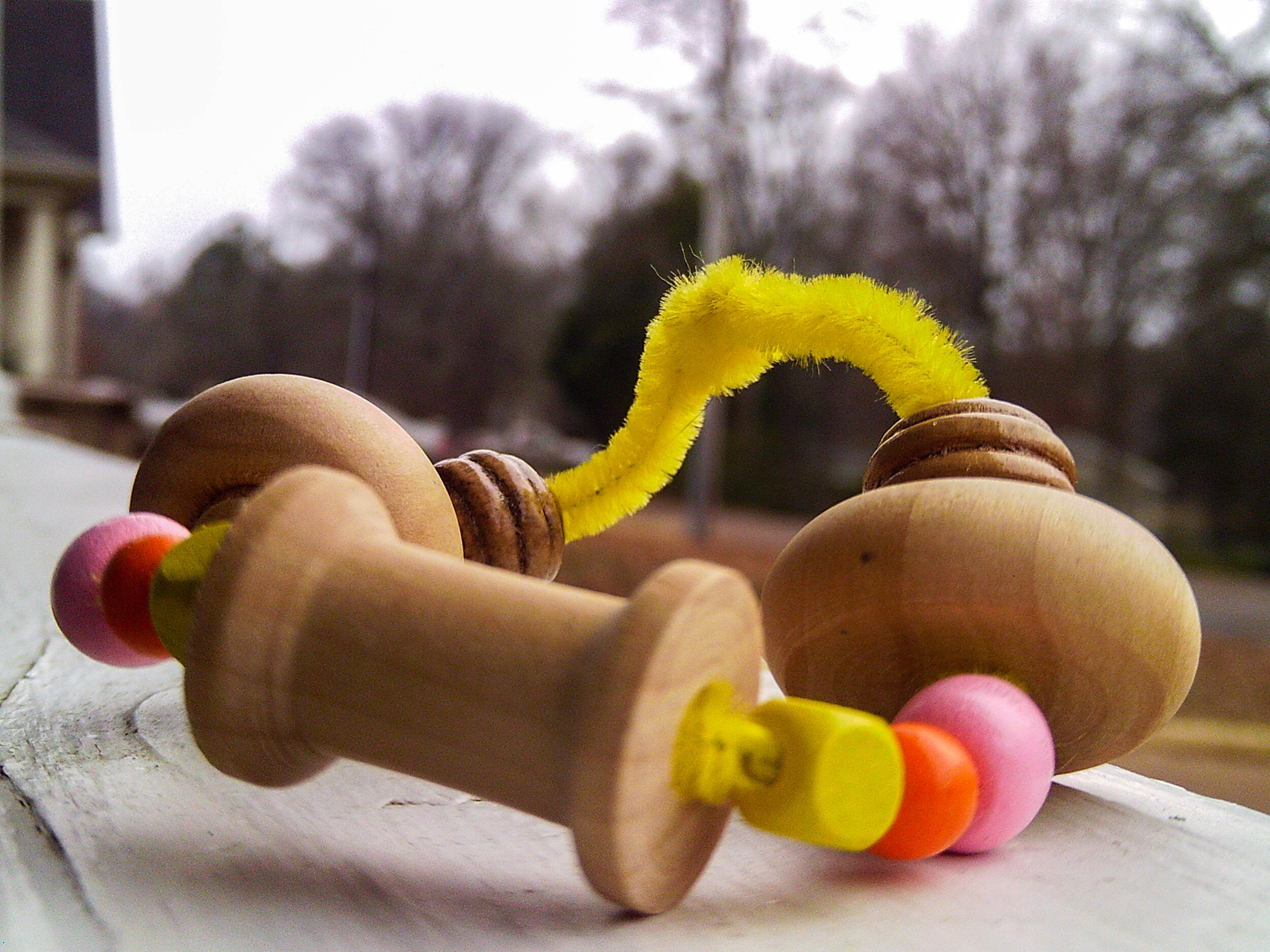
It has an additional mode that can be activated by a rotating dial where the traditional EV dial would be (top right): Movie mode. No, I didn’t take any movies with it. That eats batteries faster than I can replace them. However, it is possible to make short, low-res 320×240 movies. It also records sound. I bet it would make a cool super8-style mpeg. Putting a pin in that one for now.
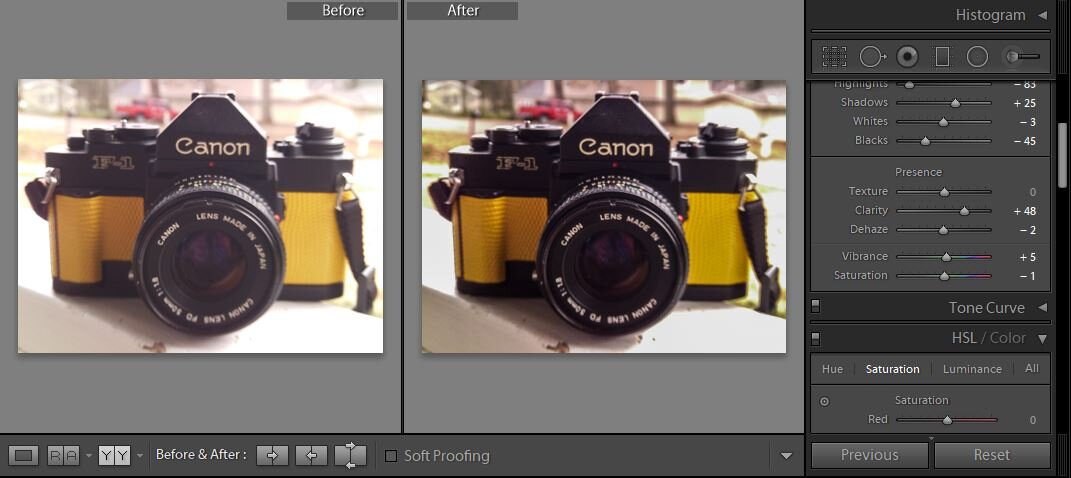
The images out-of-camera with no special filters are a tad flat, even hazy. That is easily corrected in post, and with the EV+/-2 the pictures can be made without using the flash, although your noise is going to increase exponentially if you have to crank exposure in post. If you must do this, shoot black and white so the noise gets converted to grain. I’m still floored that the exposure compensation actually works.
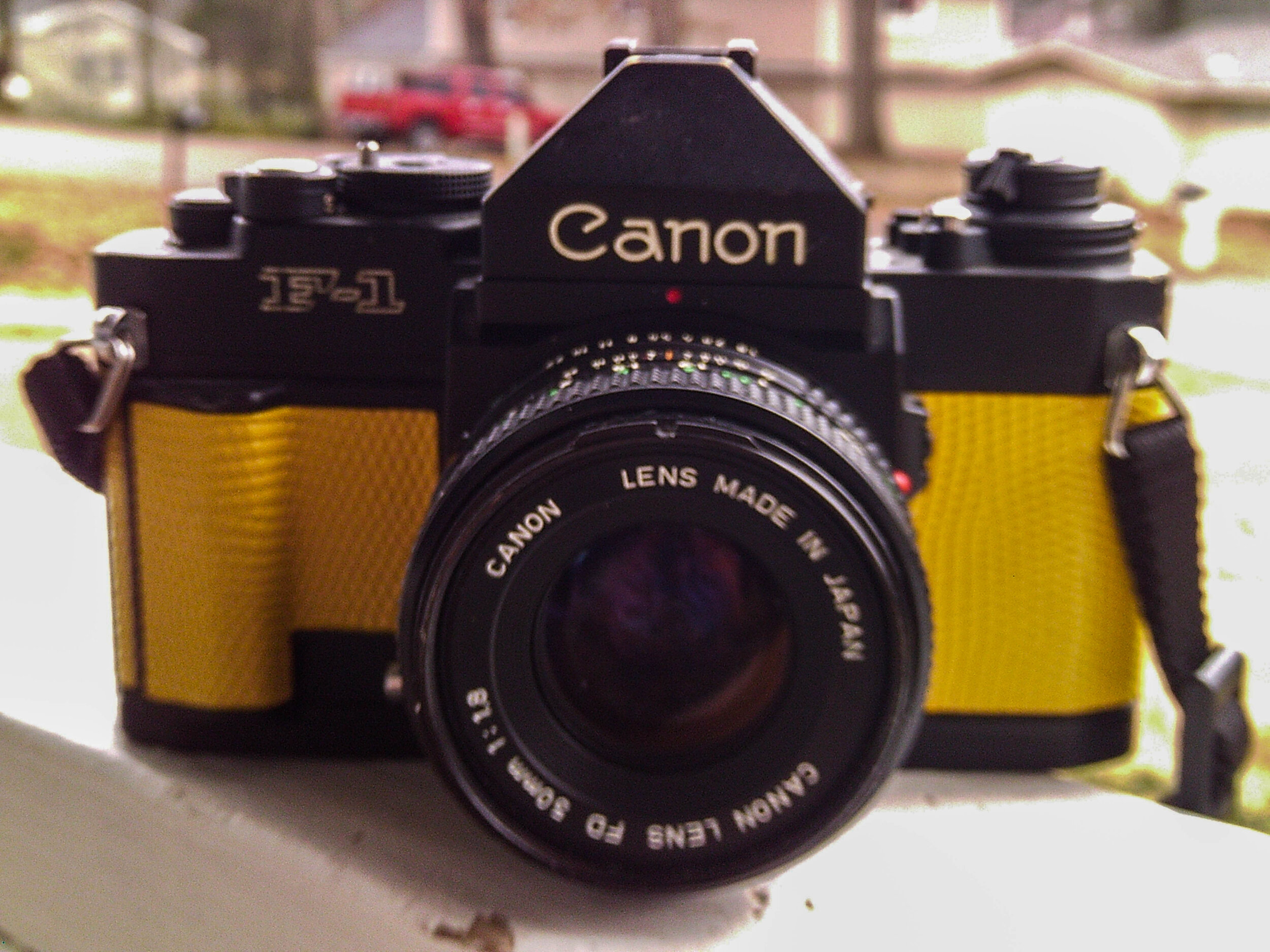
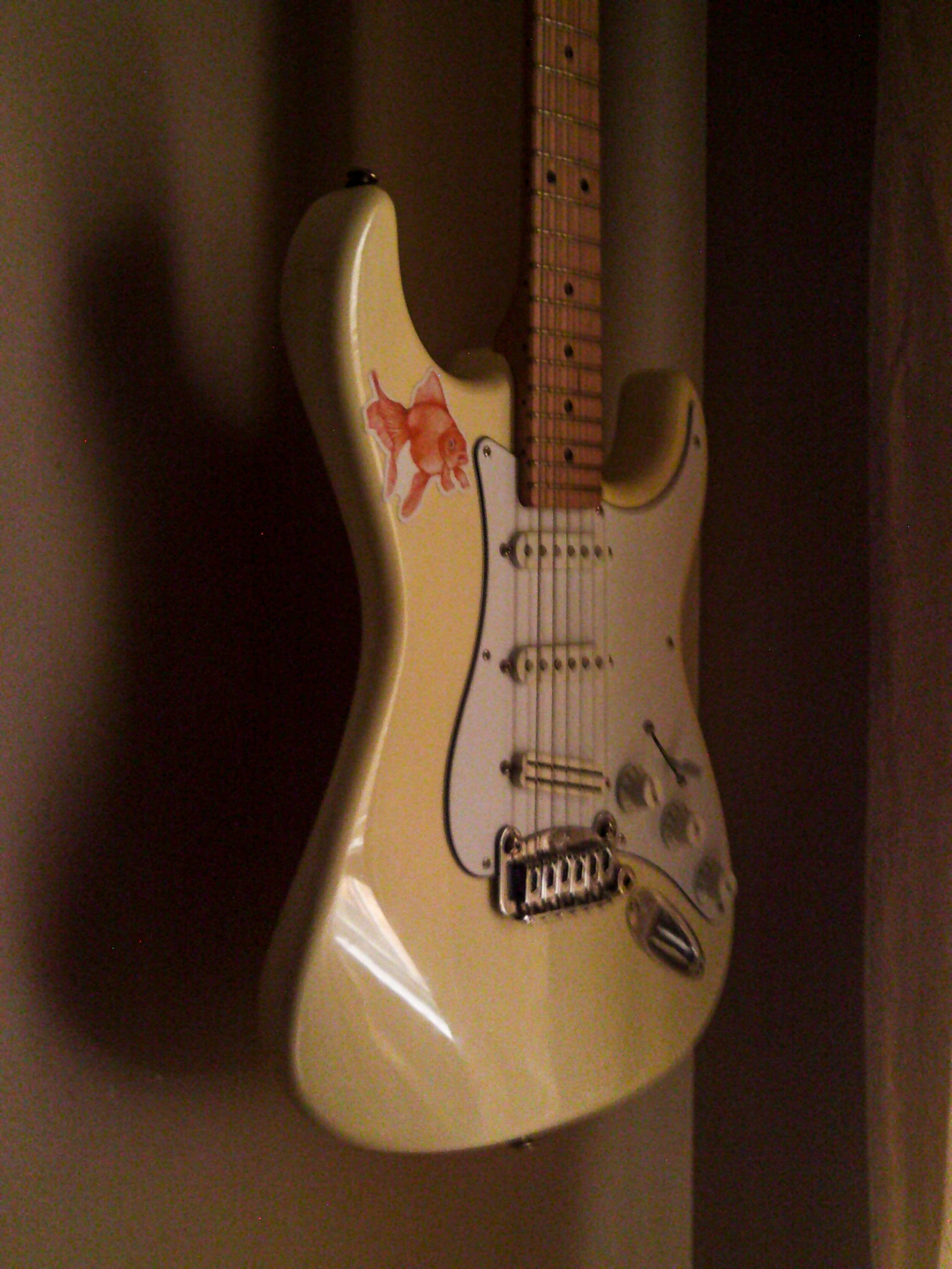


Overall, it’s a neat little toy. Yes, T-O-Y. The photos are mostly soft, and it has at least a 3 second lag between depressing the shutter button and actually returning to the view screen for the next shot. Don’t take wedding photos with it or expect it to get good shots of your pets chasing squirrels. More importantly, don’t expect to find one of these cheap. They’re practically unicorns now. They aren’t made anymore, and the last good review of one was around 2010. It seems they came out around 2008-2009. I could have bought 3 Holga 120s for what I paid for this pseudo digital-Holga. I’m glad I got to fiddle around with it again today, though. It’s possibly my last 2019 post, and I wanted to do something different. I highly encourage you to watch the DigitalRev video about this camera. Carsten Schael really takes the quirks of this camera in stride and has a good time with it.
See you all in 2020! Happy New Year!
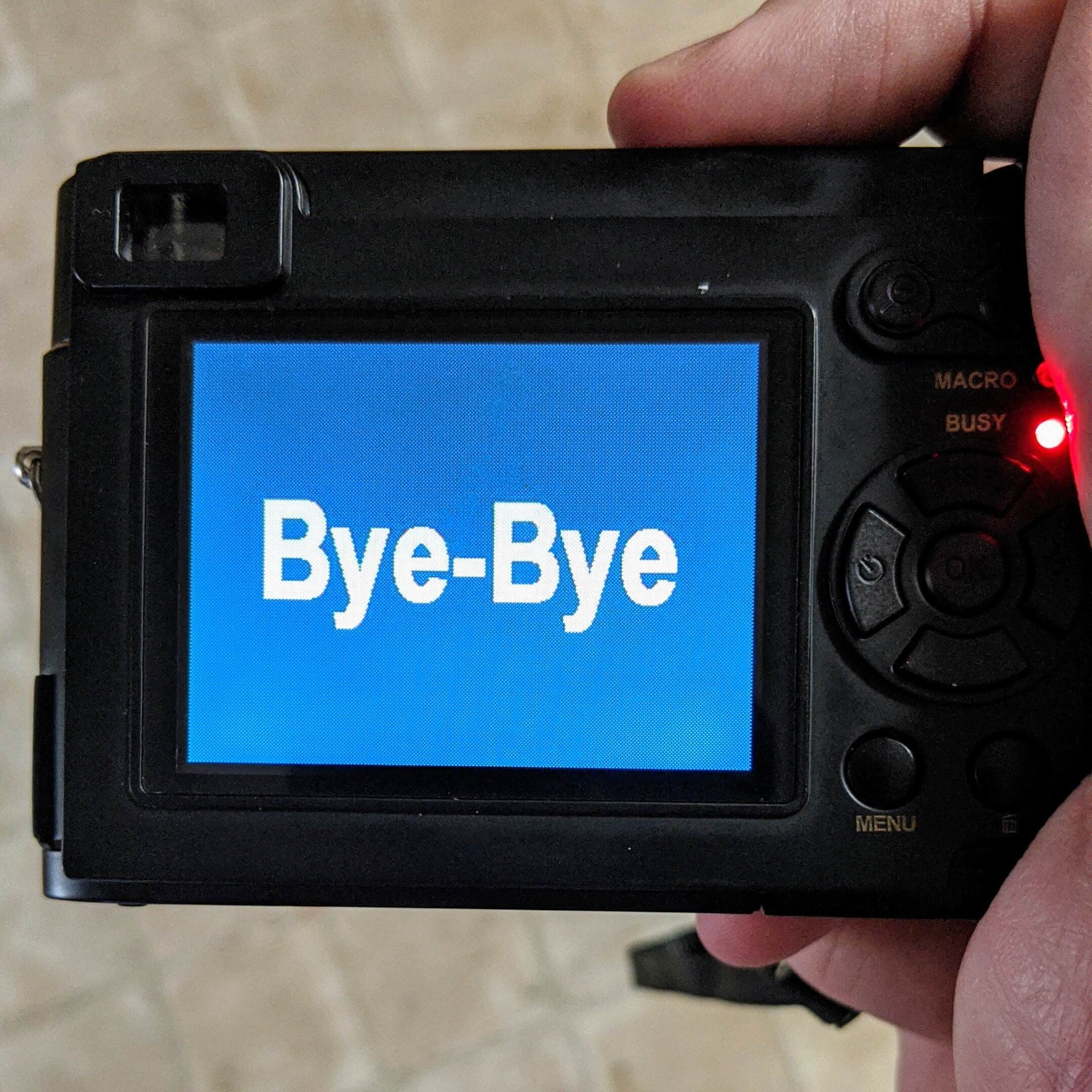


Enrico
Hello, where do you think is it possible to buy a camera like these nowadays? It seems it is no more available on the web.Thanks
Chipboard Floozy
It took me a long time to find one. They’re probably all over Hong Kong in little camera shops, but they don’t often pop up on eBay. I suppose they didn’t make many of them.